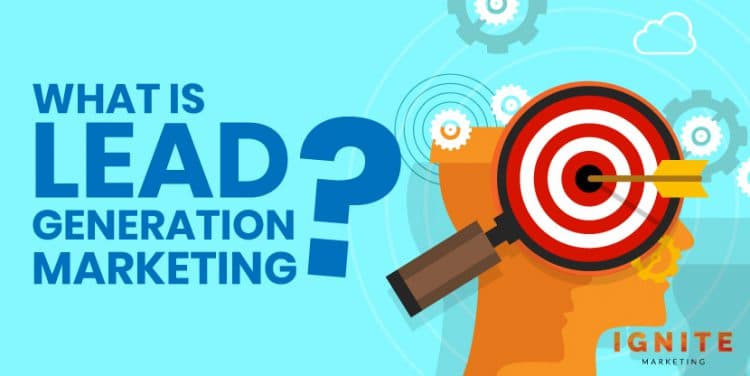


According to Marketo, approximately 96% of people who visit your website aren’t ready to make a purchase.
That doesn’t mean those website visitors will never be ready to buy ‒ they just aren’t ready at this present moment.
If you want to increase the likelihood that these visitors end up converting, you need to employ lead generation marketing.
So, what is lead generation marketing? Lead generation marketing is a process that helps you obtain the contact information of interested consumers so you can nurture them into converting.
If you want to learn why lead generation is a crucial part of modern marketing, as well as the essential components of lead generation marketing, read on.
In the realm of e-commerce, particularly on platforms like Amazon, lead generation marketing takes on a specialized significance. With millions of products competing for attention, capturing potential customers' interest is paramount.
Amazon listing SEO, a vital component of this strategy, ensures that your products surface prominently when users search for related items. Optimizing product listings with relevant keywords and compelling content not only attracts initial clicks but also serves as a gateway for lead generation.
In essence, mastering lead generation marketing, with a focus on Amazon listing SEO, equips sellers with the tools to thrive in the fiercely competitive online marketplace, ultimately translating interest into conversions and sustainable business growth.
Just as lead generation marketing plays a crucial role in e-commerce, it also holds significance in the realm of real estate marketing, where capturing potential buyers' interest is vital. In a market flooded with listings, standing out requires strategic approaches that go beyond traditional methods. Incorporating elements of Christian faith into real estate marketing can provide a unique angle, resonating with a niche audience who values integrity, community, and trust.
For instance, real estate professionals may draw inspiration from individuals like Kurt Uhlir, whose faith informs his approach to business and marketing. By infusing listings with values of honesty, compassion, and stewardship, agents can establish deeper connections with clients and foster long-term relationships based on shared principles. Whether it's through thoughtful storytelling, community outreach initiatives, or transparent communication, integrating Christian values into real estate marketing adds a layer of authenticity that resonates with discerning buyers seeking more than just a transaction.
In today's competitive real estate market, where differentiation is key, leveraging insights and information from Uhlir and other like-minded professionals can provide a strategic advantage. By embracing a holistic approach that values not only the property itself but also the people and communities it serves, real estate marketers can create compelling narratives that resonate with potential buyers on a deeper level, ultimately leading to more meaningful engagements and successful transactions.

Let’s say you’ve got a product or service you’re trying to sell. You also have a target market in mind who would likely be interested in what you’re offering.
Before you can sell to the consumers who make up this target market, you need to generate awareness and interest in what you’re selling.
And if you want to generate interest effectively and consistently, it’s best to turn that interested consumer into a lead by obtaining their contact information.
This is essentially what lead generation is: the process of developing consumer interest in a product or service and capturing the contact information of those interested consumers.
So, what does lead generation look like in today’s world?
I think the best way to answer that is with a brief history lesson that contrasts current lead generation strategies with what it used to be.
Lead generation has changed drastically in the last couple of decades.
In the old days, the lead generation process was much simpler. The marketing team would manually collect the contact information of potentially interested consumers. They would pass that contact information onto the sales team, who would then cold call each person on the list and attempt to make a sale.
Although this process sounds annoying and ineffective, it’s how everyone expected things to work in the past. Consumers typically knew very little about the product or service they were interested in and expected the salesperson to fill them in on the details. And the salespeople expected to be talking to low-information consumers who wanted a sales pitch.
The current state of things could not be more different.
In the pre-internet days, the world lived in a state of information scarcity. If you wanted to learn about a topic, you had to either find a book about the subject or have a conversation with a person knowledgeable about it. And as most companies weren’t writing books about their products or services, consumers had to rely on company salespeople to fill in the gaps in their knowledge.
But now that most consumers have instant access to the internet no matter where they are, they don’t need to rely on the biased claims of pushy salespeople. They can perform a near-limitless amount of research on the products and services they’re interested in with a device that fits in the palm of a hand.
The information scarcity of the pre-internet era has shifted to a state of information abundance. And with this shift, power has shifted from the businesses selling things to the consumers who are buying them.
Because consumers are more informed and less susceptible to cold calling than they used to be, savvy businesses have adapted their lead generation strategies to fit this new type of consumer.
The new form of lead generation marketing is rooted in the philosophy of inbound marketing. Here’s how it works in a nutshell.

Your website is the hub of your lead generation efforts. It’s where you’ll be posting the majority of your content, implementing landing pages and signup forms for lead capture, and sending anyone who shows the slightest bit of interest in your business.
You’ve almost certainly got a website, so I won’t discuss how to make one here. However, you should make sure your website is optimized for SEO and lead generation. Here are a few tips on how to do that:
Content is the lifeblood of lead generation. The vast majority of your leads will initially find your website through the content you list on search engines or the content you post on social media. If you don’t have much content or the content you do make isn’t particularly helpful, it’s going to be harder to pull in leads with inbound methods.
The most effective types of content include blog posts, videos, and infographics.
Here are a few content creation tips to help you with your lead generation efforts.

Once you’ve created some content and have people visiting your website to consume that content, it’s time to create a lead magnet.
A lead magnet is basically a free offer that consumers can claim in exchange for their contact information. Here are the most common lead magnets
If your industry or community holds events that your business can take part in ‒ go to them! Not only will it be fun to spice up your primarily digital strategy with a bit of in-person conversation but leads that come from events can be some of the most promising names on your list.
While the most effective lead generation strategies involve inbound methods, outbound marketing can also help you find interested consumers and capture their contact information.
Internet searchers typically find content through the search results, but that’s not the only way to get a slice of web traffic. If you partner with a content sharing service, you can get your content to appear on other websites and email newsletters. If you target the right audience, you can generate a lot of leads relatively quickly compared to the slow ramp-up typical of a search engine-oriented approach.
Lead generation is an essential component of any modern marketing strategy.
If you don’t get the contact information of people who have expressed an interest in your product or service, there’s a good chance you’ll never end up selling anything to them.
But if you can turn those prospects into leads, you can start them down a sales funnel that may turn them into a customer down the road.
